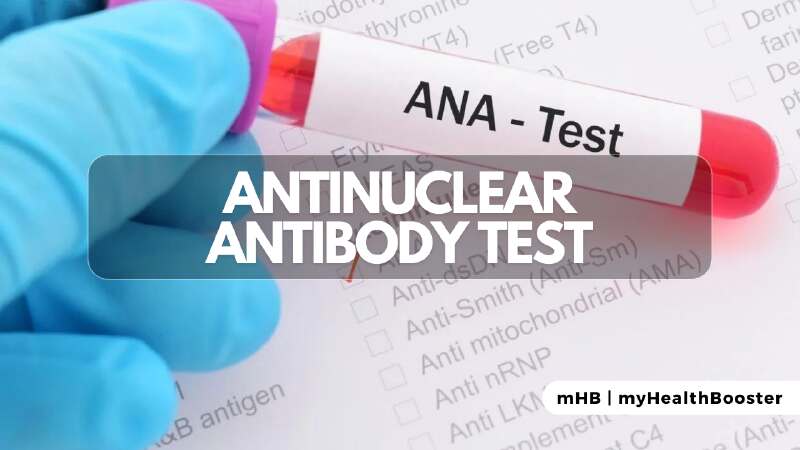The Antinuclear Antibody Test (ANA) plays a crucial role in detecting autoimmune diseases by identifying unusual antibodies in the blood that bind to structures within the cell nucleus. In this comprehensive guide, we’ll delve into the world of ANAs, exploring their significance, the testing process, interpretation of results, and factors that can influence outcomes.
Antinuclear Antibodies
Antinuclear antibodies are unique immune system components that, when detected in the blood, signal the potential presence of autoimmunity. Autoimmune diseases involve the immune system mistakenly attacking the body’s own tissues. ANAs are often associated with various autoimmune conditions, including systemic lupus erythematosus, Sjögren’s syndrome, rheumatoid arthritis, and more.
Creation and Procedure of the ANA Test
Introduced by Dr. George Friou in 1957, the ANA test involves analyzing a blood sample in the laboratory. The serum’s antibodies are exposed to cells, and fluorescence techniques, known as the Fluorescent Antinuclear Antibody Test (FANA), are commonly used to detect reactions to different parts of the cell nucleus.
Interpretation of ANA Screen Results
A positive ANA test doesn’t diagnose a specific condition but prompts healthcare professionals to consider the possibility of autoimmune diseases. Each autoimmune disease has unique clinical manifestations, aiding in precise diagnoses when combined with other medical information.
Non-Autoimmune Conditions and ANAs
While ANAs are commonly associated with autoimmune diseases, they can also be present in non-autoimmune conditions like infections, lung diseases, gastrointestinal diseases, hormonal diseases, blood diseases, cancers, skin diseases, and in the elderly or those with a family history of rheumatic diseases.
Medications and ANAs
Certain medications, including procainamide, hydralazine, and phenytoin, may stimulate ANA production. These drug-induced ANAs don’t necessarily indicate disease but are associated with certain conditions, referred to as drug-induced diseases.
Patterns of ANAs and Their Significance
ANAs present different patterns in laboratory staining, such as homogeneous, speckled, nucleolar, or peripheral. While not disease-specific, patterns can provide additional clues for healthcare professionals in evaluating patients and determining the types of illnesses to explore.
Normal Range and Association with Illness
Approximately 5% of the normal population may have ANAs, often in low titers. Titers of 1:80 or lower are less likely to be significant, and higher titers in individuals over 60 may not always indicate illness. Interpretation depends on the individual’s symptoms, medical history, and other test results.
Conclusion
The Antinuclear Antibody Test is a valuable tool in uncovering potential autoimmune diseases. Understanding its nuances, from the testing process to result interpretation, empowers individuals and healthcare professionals to navigate the complexities of autoimmunity with informed decision-making. Regular consultations and a comprehensive approach to medical evaluation are key in ensuring accurate diagnoses and tailored treatment plans.
